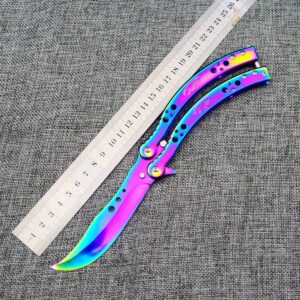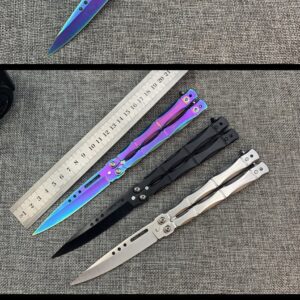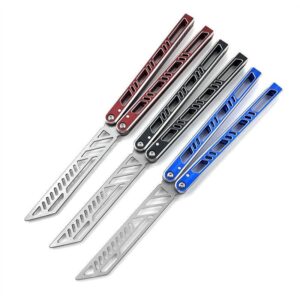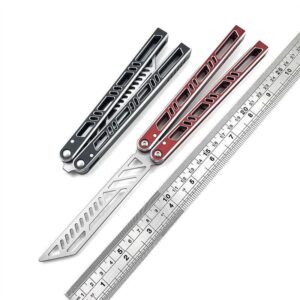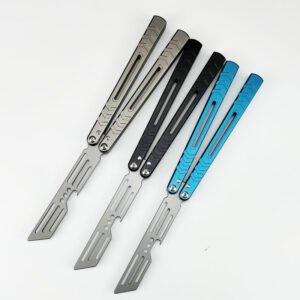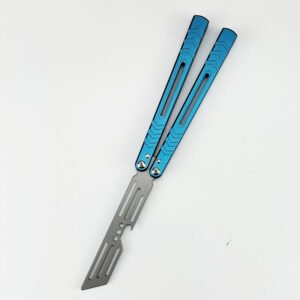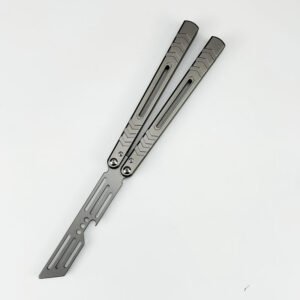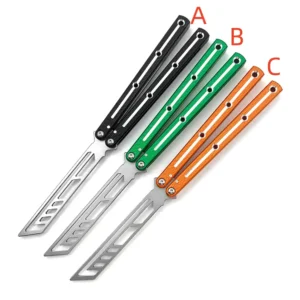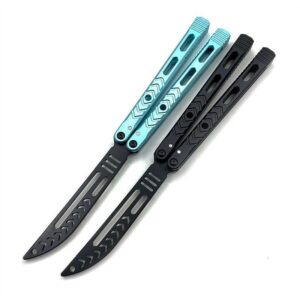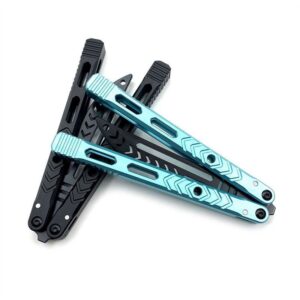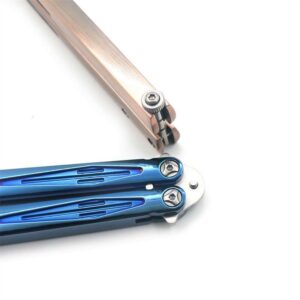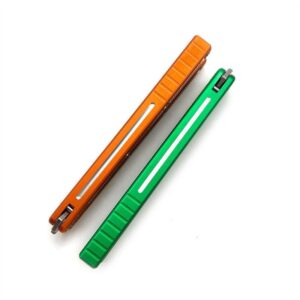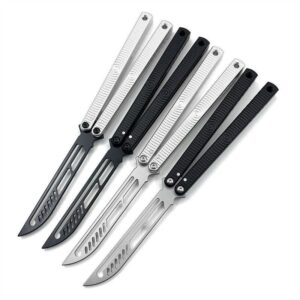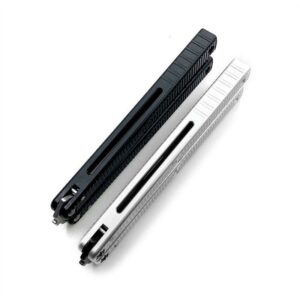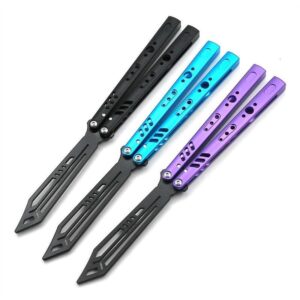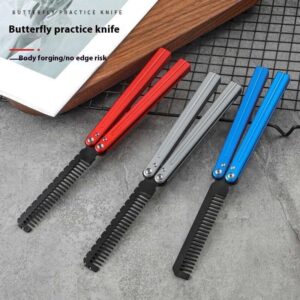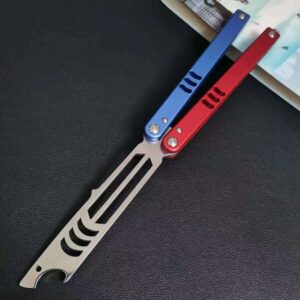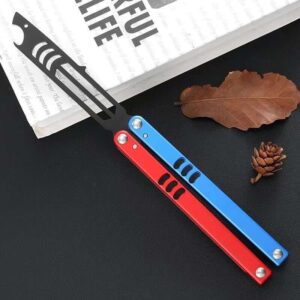Butterfly Knife for Sale– Premium Selection at Balisongs.uk
Discover high-quality butterfly knife at Balisongs.uk – designed for smooth flipping, solid grip, and stylish looks. Whether you’re a beginner or an experienced flipper, our butterfly knife is perfect for training, tricks, or collection. Delivery in 10–15 business days.
Why Choose a Butterfly Knife from Balisongs.uk?
At Balisongs.uk, we specialise in butterfly knife that combine craftsmanship with performance. Each knife is built with durable materials such as stainless steel or titanium alloy, and designed to offer excellent handling and control. Our commitment to quality ensures that you get a reliable product whether for flipping, display, or everyday use. We’re proud to offer fast shipping across the and responsive customer support.
Types of Butterfly Knife Available
Classic Butterfly Knife
Perfect for collectors or those who prefer a traditional design. These knives feature a clean blade and smooth pivot action.
Trainer Butterfly Knife
Designed with blunt blades, our trainer butterfly knife options are ideal for practicing tricks safely without risk of injury.
Tactical & Modern Designs
Explore unique, tactical-inspired butterfly knife with modern aesthetics, aggressive handles, and functional blade shapes.
Fast Delivery & Trusted Service
We ship all orders quickly from our based warehouse. Whether you’re in London, Manchester, Birmingham, or anywhere else, your butterfly knife order will be handled with care and shipped securely. All orders come with tracking and optional gift-ready packaging.
Who Uses a Butterfly Knife?
Butterfly knife is popular among hobbyists, collectors, and those who enjoy flipping techniques. It's also a great conversation piece and a unique tool to add to your EDC lineup. While some use it for training or flipping practice, others enjoy displaying high-end butterfly knife in their knife collections.


